How Does a Car Engine Work? Types, Facts & FAQ
-
Pete Ortiz
- Last updated:
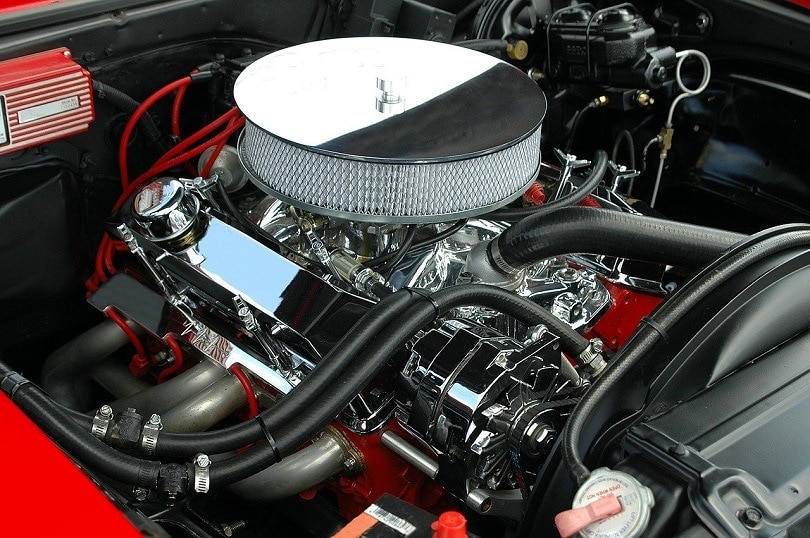
Car engines are some of the most fascinating machines we use on a daily basis. Though most of us don’t know how they work, we’re happy to turn the key and let them do their thing. Here’s a quick overview of how car engines work, so you can impress your friends next time you’re in the passenger seat.
How Does It Work?
Car engines are complex devices, but the basic idea is to use pressure and combustion to drive a piston. This piston is connected to a crankshaft, which in turn powers the wheels.
Pressure and combustion are created by mixing fuel and air in the engine’s cylinders. This mixture is then ignited, typically by a spark plug. As the mixture burns, it expands and drives the piston downwards.
The crankshaft is connected to the piston via a connecting rod. As the piston moves downwards, it turns the crankshaft. This rotating motion is then used to power the car’s wheels.
So, that’s a very basic overview of how a car engine works. Of course, there are many more details and complexities involved. But this should give you a good idea of the basics.
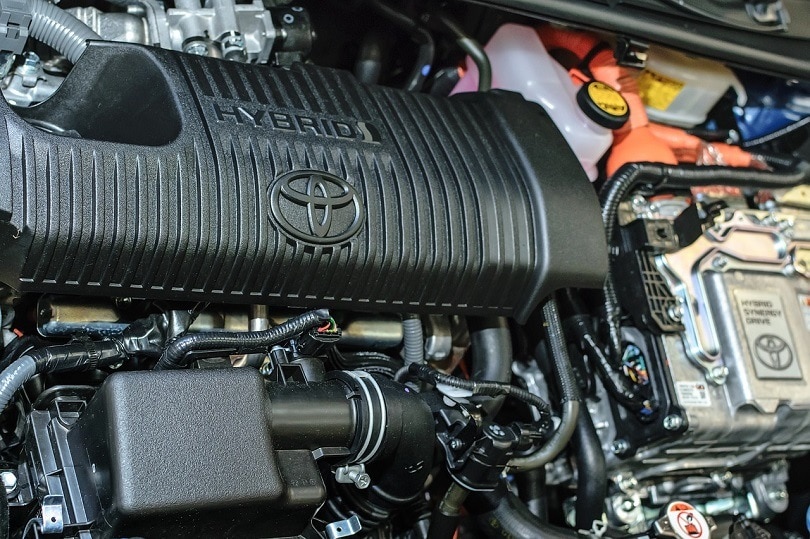
What Are the Different Types of Car Engines?
There are four types of car engines: gasoline, diesel, electric, and hybrid. Gasoline engines are the most common type found in cars today. Diesel engines are more efficient than gasoline engines and are often found in trucks and buses.
Electric motors are powered by batteries and are becoming increasingly popular in hybrid and all-electric vehicles. Hybrid engines combine gasoline and electric power to improve fuel efficiency.
How Does a Gasoline Engine Work?
Gasoline engines work by igniting a mixture of fuel and air inside the engine’s cylinders. The expanding gases push against the piston, which turns the crankshaft. This motion powers the car’s wheels via the transmission.
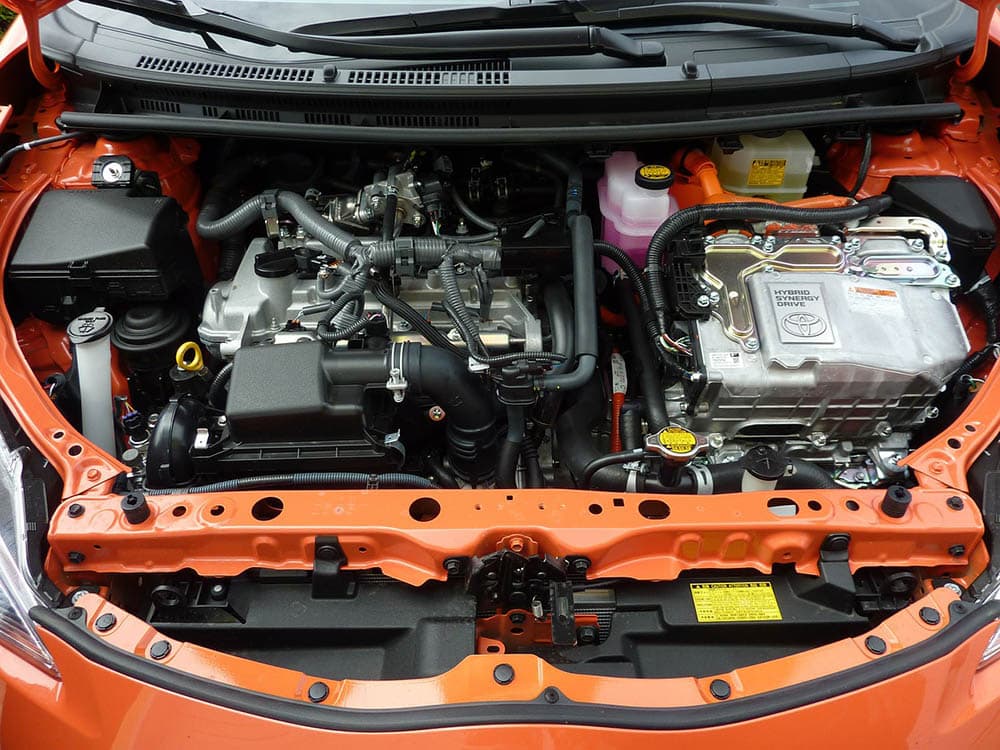
How Does a Diesel Engine Work?
Diesel engines work by compressing air inside the cylinders. This compression ignites the fuel, which then expands and pushes the pistons. The piston’s motion turns the crankshaft, powering the car’s wheels.
How Do Electric Motors Work?
Electric motors convert electrical energy into mechanical energy. They do this by using magnets to create a rotating force that turns the car’s wheels.
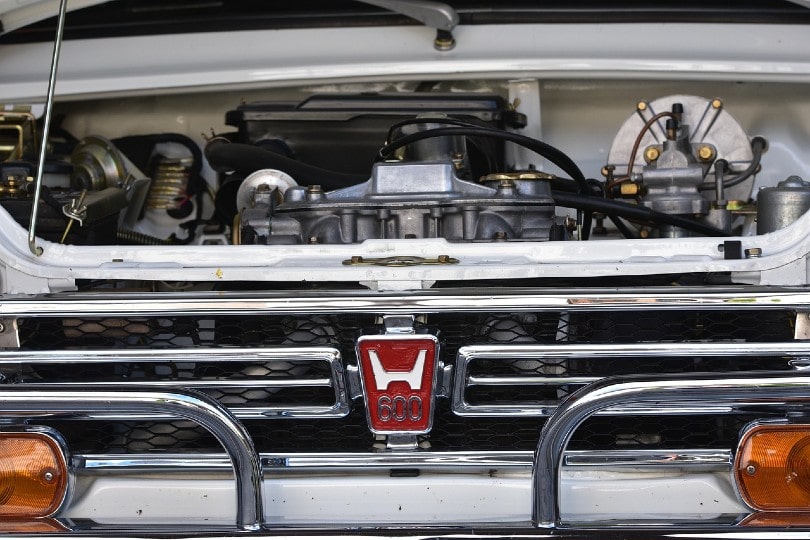
How Do Hybrid Engines Work?
Hybrid engines combine gasoline and electric power to improve fuel efficiency. The electric motor is used to assist the gasoline engine during acceleration, while the gasoline engine powers the car at higher speeds. The two types of power can also be used separately, depending on the needs of the vehicle.
All car engines work by converting energy into motion. Gasoline, diesel, and hybrid engines use combustion to create this motion, while electric motors use magnets. All four types of engines are found in cars today, though gasoline engines are the most common. Electric motors are becoming increasingly popular as hybrid and all-electric vehicles become more prevalent.
Where Is It Used?
The car engine is one of the most important parts of a vehicle. It is responsible for powering the car and making it move. The engine is usually located at the front of the car, beneath the hood. Car engines come in different sizes and shapes, but they all have the same basic components.
The engine is made up of a series of connected parts that work together to create the power needed to make the car move. The most important part of the engine is the cylinder. This is where the gasoline and air mixture are combusted or burned.
This process creates a small explosion that forces the piston down into the cylinder. The piston is attached to a connecting rod, which in turn is connected to the crankshaft. As the piston moves down, it turns the crankshaft. The crankshaft is what powers the car’s wheels.
The engine also has a cooling system that helps keep it from overheating. The cooling system consists of a radiator and a fan. The radiator helps to cool the engine by circulating coolant, or antifreeze, through the engine. The fan helps to circulate air around the engine and keeps the coolant from getting too hot.
The car engine is a very complex piece of machinery, but it is essential to the proper functioning of a car. Without an engine, a car would not be able to move.
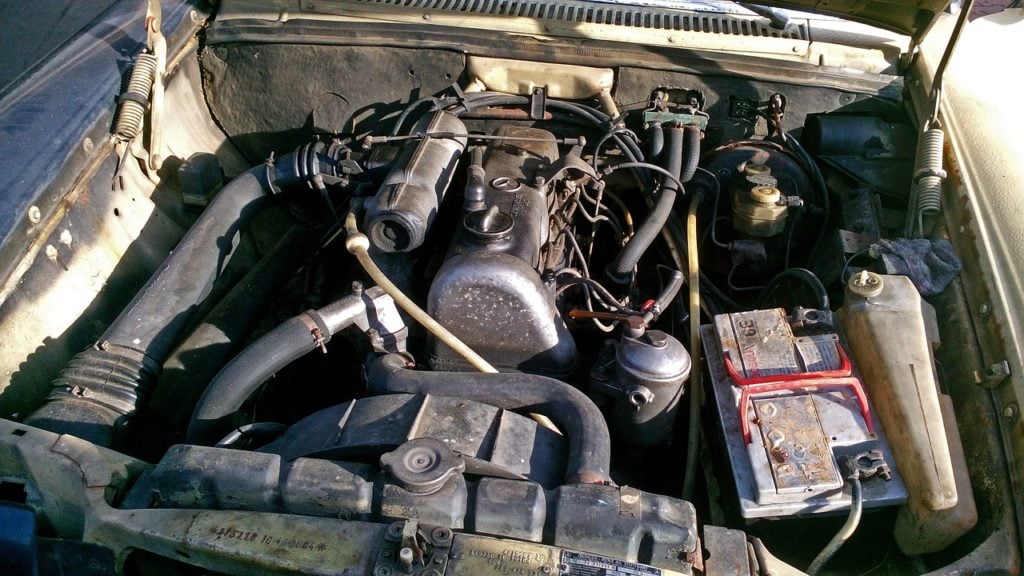
Advantages of Car Engines
There are several advantages that car engines have over other types of engines. Car engines are lighter and more compact, which makes them more fuel efficient. They also produce fewer emissions, making them better for the environment.
Car engines are also able to rev up faster, which allows for quicker acceleration. Finally, car engines are built to last longer, ensuring years of service.
Disadvantages of Car Engines
Conversely, there are also some disadvantages to car engines. One of the most significant disadvantages is that they produce harmful emissions, such as carbon dioxide and nitrogen oxide, which can contribute to air pollution and climate change.
Additionally, car engines are also a major source of noise pollution. In addition to the engine itself, other components of the car, such as the tires and exhaust system, also contribute to noise pollution. Finally, car engines require regular maintenance and repairs, which can be costly.
 Frequently Asked Questions
Frequently Asked Questions
How does a car engine work?
An engine is a machine that converts gasoline or other liquid fuel into power. The power is then used to turn the wheels of the car. The engine consists of many moving parts, including pistons, valves, and spark plugs. These parts work together to create the power needed to turn the wheels.
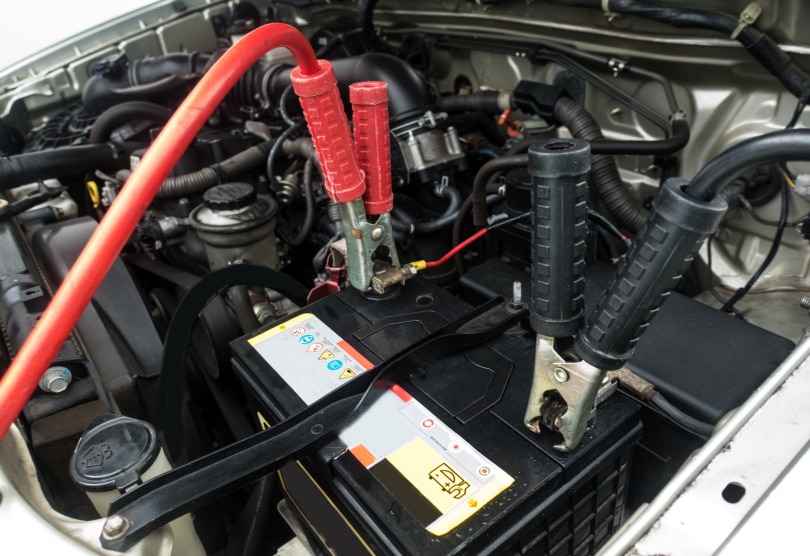
What are the different types of car engines?
There are four main types of car engines: gasoline, diesel, electric, and hybrid. Gasoline and diesel engines are the most common types of engines found in cars. Electric and hybrid engines are becoming more popular as fuel prices rise and people look for ways to save money on gasoline.
What is the difference between a gasoline engine and a diesel engine?
Gasoline engines use a spark plug to ignite the fuel. Diesel engines do not use a spark plug. Instead, they rely on compression to heat the air inside the cylinders. This makes diesel engines more efficient than gasoline engines. However, diesel engines are also more expensive to maintain and repair.
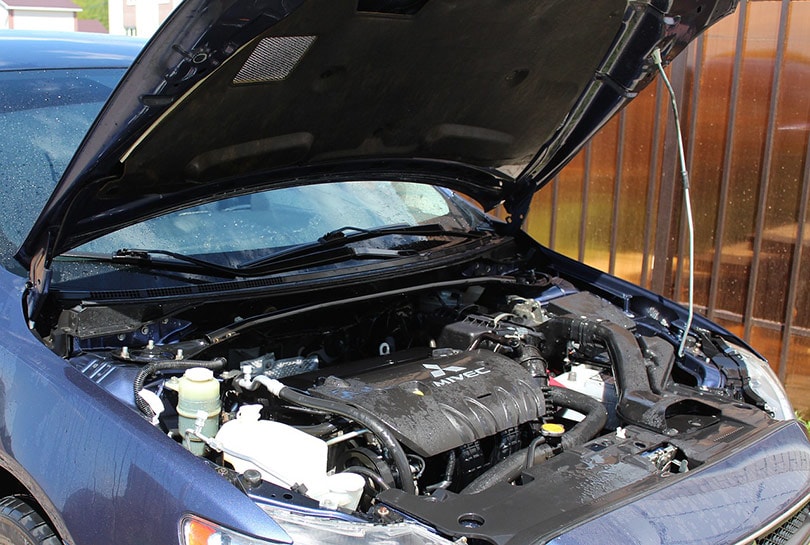
What are the parts of a car engine?
The parts of a car engine include the pistons, valves, spark plugs, and fuel injectors. The pistons are responsible for converting the energy from the fuel into mechanical power. The valves open and close to let air and fuel into the cylinders. The spark plugs create a spark that ignites the fuel. The fuel injectors deliver the fuel to the cylinders.
What are some common problems with car engines?
Some common problems with car engines include overheating, oil leaks, and engine knock. Overheating can damage the engine and cause it to break down. Oil leaks can contaminate the engine oil and cause it to lose its lubricating properties. Engine knock is a knocking noise that occurs when the engine is not running smoothly.
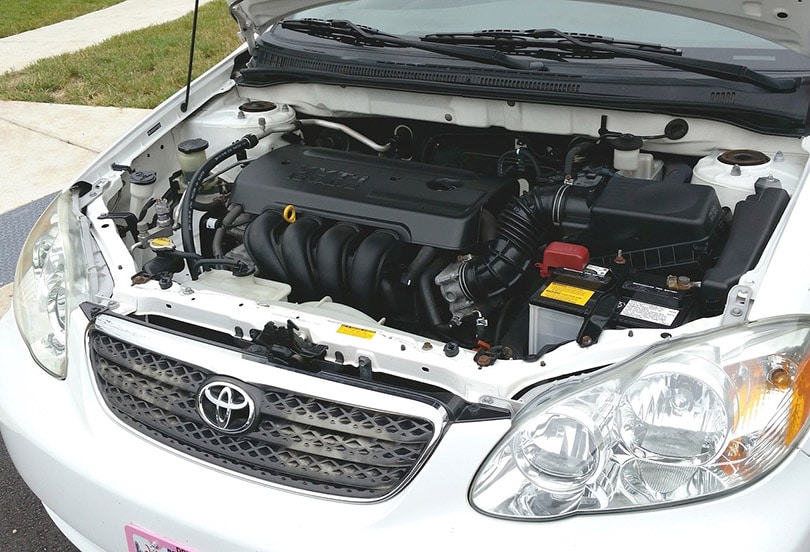
What are some tips for maintaining a car engine?
Some tips for maintaining a car engine include changing the oil regularly, using the correct type of oil, and keeping the engine clean. It is also important to have the engine serviced regularly by a qualified mechanic.
 In Conclusion
In Conclusion
Car engines are an essential part of how a car works. They provide the power that makes the car move. And with the many improvements and advances in car engine technology, they continue to get better and more efficient. So, the next time you’re driving, take a moment to think about how incredible your car’s engine is and how it makes your drive possible.
Featured Image Credit: paulbr75, Pixabay
Contents


 Frequently Asked Questions
Frequently Asked Questions